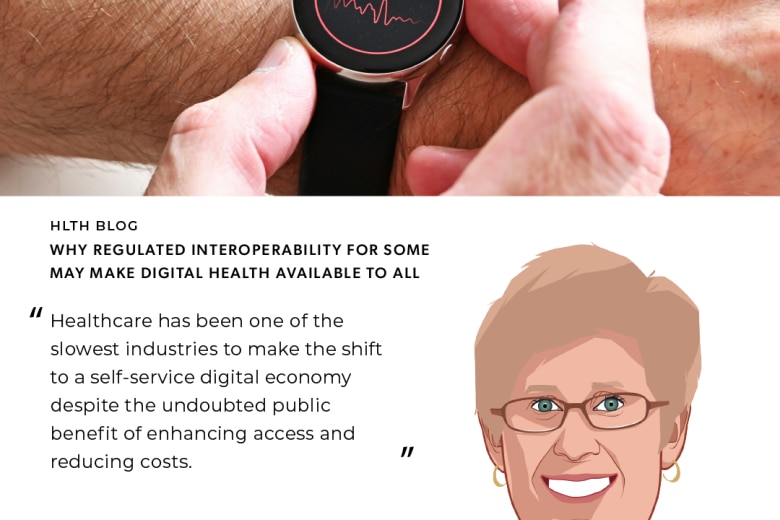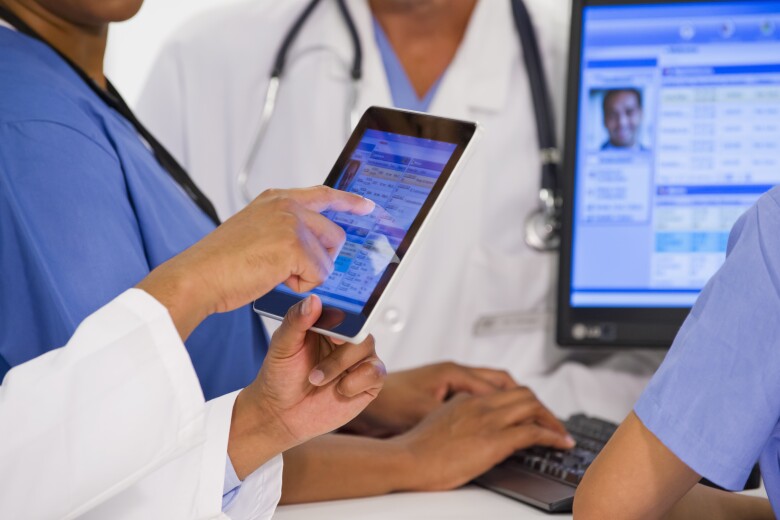During a recent presentation for InterSystems, Glen Tullman, founder of Livongo and CEO of the startup Transcarent, referenced Arthur C. Clarke’s famous quote that any sufficiently advanced technology is indistinguishable from magic.
In fact, this was law 3 of Clark’s so-called laws. And while the third is perhaps the most compelling and certainly the best-known, the other two provide some interesting insight for us.
The first is “When a distinguished but elderly scientist states that something is possible, he is almost certainly right. When he states that something is impossible, he is very probably wrong.”
And the second is “The only way of discovering the limits of the possible is to venture a little way past them into the impossible.”
The Bimodal IT Approach
Overall, most healthcare technology has not yet realized the third law. What we’re doing approaches magic in some ways but we’re not quite there. But think about the other two laws. A little over a year ago, most of our distinguished leaders would have said a one-year shift to primarily virtual care or even virtual work is impossible and if COVID-19 has done anything positive for us, it’s pushed us past what we thought were the limits of the possible.
I would suggest that the key to using healthcare information technology to address the challenges of virtual and integrated care, is the ability to innovate and push past the possible while also keeping your core business running. This is a concept that Gartner has called “Bimodal IT.” Another name is agility. But it’s agility without breaking something that’s necessary and already in place.
Our
TrakCare product team translates this into what we think of as three things as the pillars of agility:
- Interoperability to make the data flow,
- User experience to ease change management and drive adoption, and
- Innovation to drive responsiveness
The last year has really put this to the test!
Integrated Care is More Than Going Virtual
In an international marketplace, we encounter different national regulations and standards, commercial arrangements, and technology preferences, which means we have to build functionality in a re-usable way. For virtual appointments for example, we’ve used APIs to create a virtual experience with Google Meet in Chile, Microsoft Teams in Thailand, Saudi Arabia and the UAE, Attend Anywhere in the UK, Wechat in China and integrated with Apple and Google wallet cards so that the patient can add a card like a boarding pass to their phone’s wallet.
But as the speakers at a recent Economist event pointed out, a virtual care model is a lot more than just replacing outpatient visits with teleconferences. We need to design a better experience, and then harness technology to make that experience real. A lot of that technology-enabled innovation will depend on making health data more liquid – that is, interoperable. Fast Healthcare Interoperability Resources, or FHIR, is what allows software from InterSystems to rapidly connect to software from Microsoft, or devices from Apple, or a remote radiologist thousands of miles away. You can use it to include a “bot” as an additional attendee in a telehealth visit to rapidly surface data from the EMR or from another clinical system that feeds a FHIR repository. This is a very concrete advantage of a virtual appointment. In a physical setting a doctor can of course show the computer or tablet screen to a patient but it’s different being able to render it on the patient’s personal device in a format specifically designed for them.
In fact, having an electronic connection to the patient opens up a whole world of possibilities that we have just begun to consider. For example, the phone wallet card I mentioned above can streamline the whole appointment process - you can include a lot more than time and date. For physical appointments this might be a link to a maps app to help the patient get to the appointment or navigate the facility. It integrates into their default calendar and sends reminders and can facilitate high-speed contactless check-in using bar codes.
Innovation in Integrated Care Around the World
Around the world we’re seeing innovation at a pace we haven’t seen before and it’s pushing the healthcare envelope. Hospital at Home is gaining ground as a replacement for inpatient care. Self-service urgent care kiosks are popping up in places like gas stations and pharmacies that are linked remotely to doctors. Pharmacy “ATM’s,” which leverage dispensing robots and video connections to a pharmacist, are changing the care paradigm for tuberculosis and HIV in places like South Africa.
We were fortunate that the pandemic happened in an age when remote work was possible, enabled by magical technology like Zoom and Microsoft Teams. Similarly, the next 5 years are going to bring together the strands of telecommunication, interoperability and integrated care models to create a high touch care experience powered by the magic of technology.







































